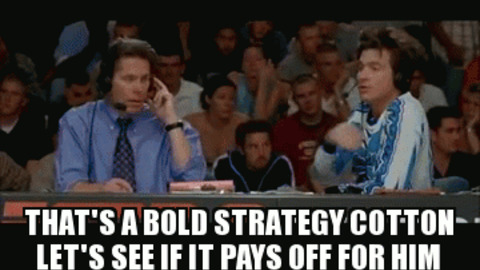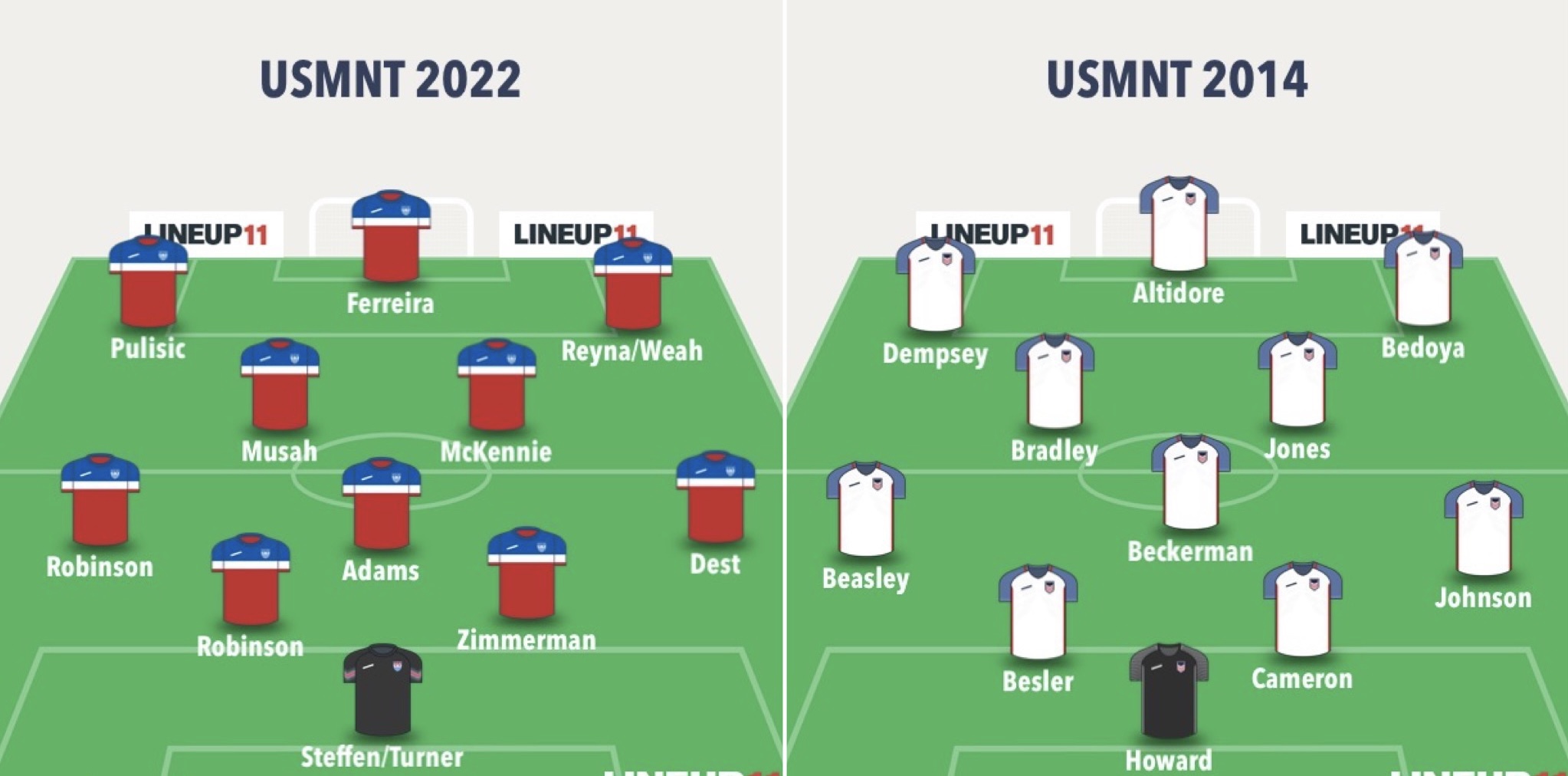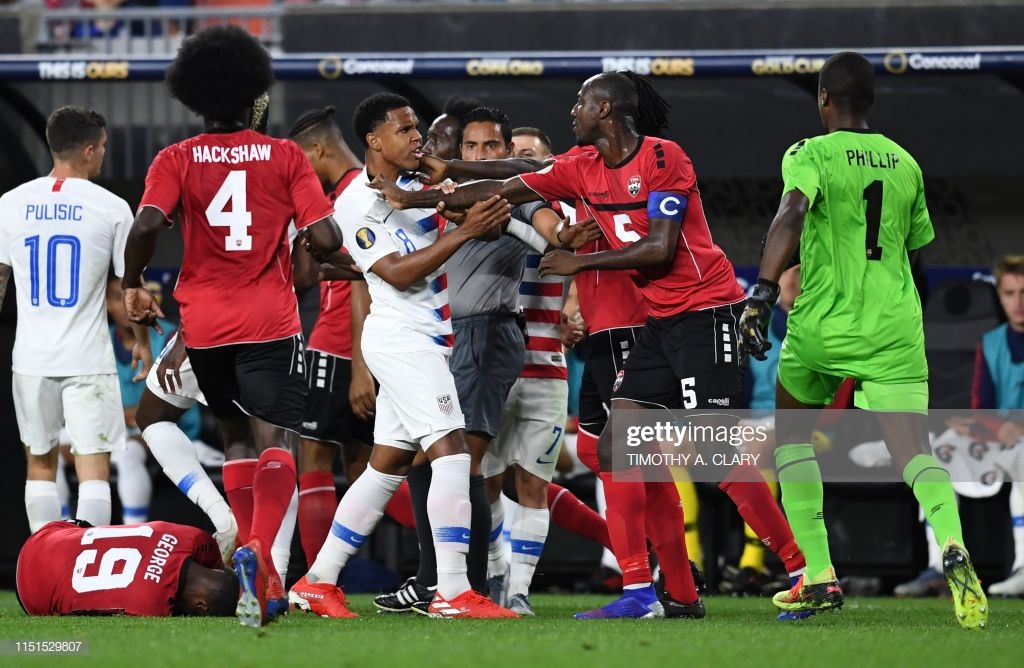by Connor O’Keefe
Tyler Adams made his Champions League debut on Wednesday against Tottenham. He was subbed on in the 55th minute with RB Leipzig holding a 2-0 advantage in the game and a 3-0 advantage on aggregate. With Leipzig protecting a lead late in the tie, manager Julian Nagelsmann trusted the 21-year-old American to provide defensive cover in a 3-4-3 formation that looked a lot like a 5-3-2 as the second half wore on.
Gregg Berhalter received a lot of criticism from USMNT fans when he deployed Adams as a right back in his first few national team camps. While Adams certainly is the US CDM of the future (and recent comments by Berhalter have confirmed this), he has been utilized as a RB/RWB in some very important games for Leipzig this spring. Against Bayern Munich a couple weeks ago, Adams lined up at RWB opposite Canadian star Alphonso Davies. Similarly, Nagelsmann brought Adams on as a RWB in the 3-4-3 formation against Tottenham. Personally, I love Adams in the deep-lying 6 role. He is excellent defensively and very calm on the ball in possession. We see a lot of these same qualities in Adams though, as a hybrid RWB in Leipzig’s free flowing, attacking style of play.
Tyler Adams: The Defender
Most US soccer fans have heard that Tyler Adams provides strong defensive coverage. But what does that actually mean? I’ll dissect a few clips from Adams’ game against Tottenham in which his technical and tactical defensive capabilities are on display.
Tracking the Give-and-Go
More than anything else, give-and-go’s (or 1-2’s) are a mental challenge for the defender. As soon as the ball is passed and the first attacker makes a run to receive a second pass, the defender must drop with the attacker to prevent a return pass. Give-and-go’s are a simple way to move past a defender if the defender forgets to immediately track the runner. The defender’s situation is compounded by the fact that the defender often has to change direction on a dime to stay with the attacker.
In the clip below, we see Tyler Adams approach a Tottenham attacker, who passes the ball and makes a run past Adams. Adams does well to swivel his hips and immediately track the Tottenham player. If Adams does not do this, the Tottenham attacker is released freely down the left wing, and has a relatively free path to goal, especially since Leipzig’s right center back is drawn out of position. Adams’ defensive mindset will translate well to the USMNT because as our 6, he will have the responsibility of tracking runners from multiple angles. I recall Pulisic losing a runner in a friendly against England in the defensive third; Adams is less likely to lose runners.
Impeding Dribblers
There is a common saying for defenders: “Take the body or the ball, but never let both get by.” When an attacker is dribbling at a defender in a 1v1 situation, the attacker will eventually try to take a touch past the defender. The defender must first try to win the ball. However, if this does not happen, the defender must stop the body. Defenders do this by stepping across the attacker and shielding them off their path to the ball. This is a very physical move that Adams does well to execute in the clip below.
We see the Tottenham attacker take a touch past Adams (it was more of a misplaced pass, but from the defender’s point of view, it could look like a long touch to run onto), and then try to run around Adams. However, Adams steps across the Tottenham attacker, and even puts his hands on him, impeding his progress. This sort of physicality is a welcome sight for USMNT fans as it has been sorely lacking in the middle of the pitch.
Defensive Communication
In the fast-paced world of professional soccer, communication is key. Communication, combined with formation, allows teams to retain defensive shape. Soccer is not a man-marking sport (unless you play for Matías Almeyda); defenders must pass off “player-guarding” responsibility to each other in split seconds.
One of the most telling situations in which communication comes into play is tracking runners. As attackers weave down the field, defenders must stay locked in position while notifying their compatriots of attackers entering their zones. When attackers are making runs into the box, communication allows for defenders to match up 1v1 on those attackers.

In the clip below, we see numbers #27 and #20 making runs up the middle of the pitch. Adams first follows #27 before passing him off to his teammate. Passing the attacker off is necessary so that Adams remains in position to cover #20 as he enters the box. Adams successfully passes off #27 by communicating the attacker’s movement to his teammate; Adams then successfully picks up #20 because his head remained on a swivel. Adams’ field awareness is something that allows him to slot into the 6 for the USMNT. He will be able to track runners in the middle of the pitch, pass them off to center backs, and lead through communication.
From three clips totaling no more than 15 seconds, we see some defensive capabilities Adams possesses that excite USMNT fans. His physicality, field awareness, and leadership/communication will allow him to dictate play in the middle of the pitch for the USMNT for years to come. I want to see Adams get more playing time as a CDM/CM for RB Leipzig in the coming weeks, yet it is important to keep in mind that Adams has only made 5 appearances for Leipzig this season due to injury. Adams has a lot of positive attacking qualities through passing and late runs into the box that emerge when he is playing in the middle of the pitch.
Connor pitched me on a couple ideas and asked to write for the site. I enjoyed his work. Say hi/let him know what you think @cokeefe1477 or me @blharreld.



